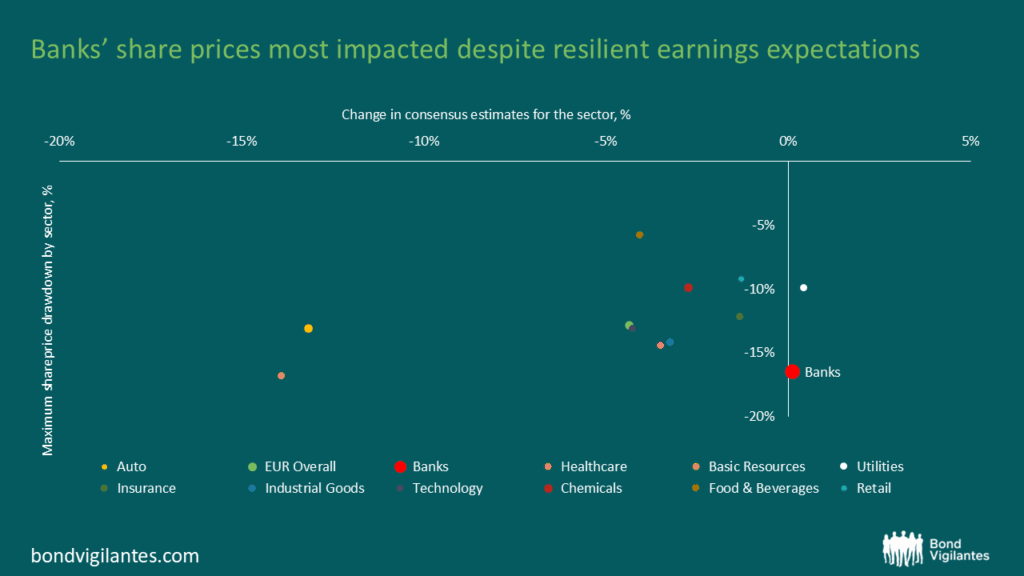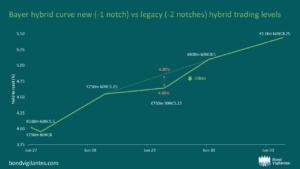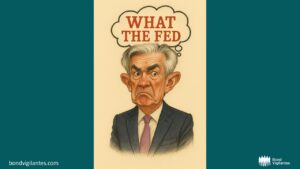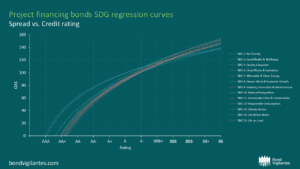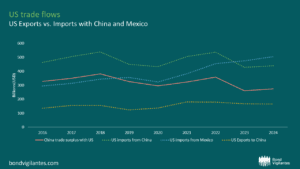Corporate hybrids: one notch closer to Senior; a methodology shift and its market reverberations
By Guest contributor: Vladimir Jovkovic - 10 July 2025
The credit rating agency Moody’s introduced a pivotal change to its hybrid capital methodology back in February 2024, one that is quietly reshaping the corporate hybrid landscape. By allowing certain hybrid instruments to be rated just one notch below senior unsecured debt, Moody’s has not only recalibrated the risk-reward profile of these instruments but also catalysed structural innovation and issuance momentum across both sides of the Atlantic.






